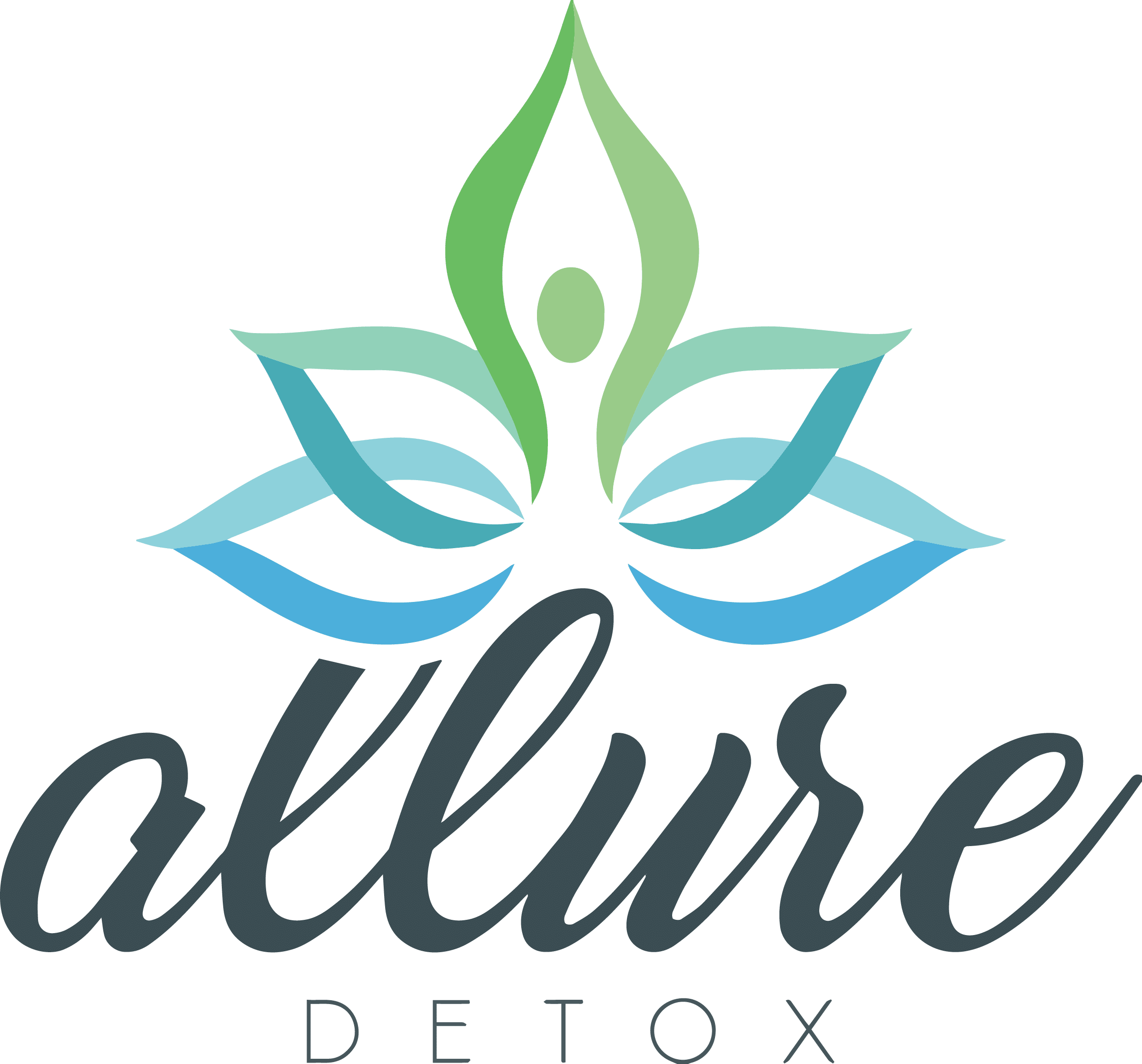

Recognized for excellence in substance abuse and behavioral health treatment by the Joint Commission

Can You Mix Different Benzodiazepines?
Most individuals who abuse benzodiazepines do not abuse one drug at a time - the vast majority are victims of polydrug abuse.
Drug Detox
Drug detoxification (informally, detox) is variously the intervention in a case of physical dependence to a drug; the process and experience of a withdrawal

Over the past several years, opioid narcotics like prescription painkillers and heroin have grabbed the media spotlight, seeing as so...

Are Hand Tremors a Symptom of Benzo Withdrawal?
Everything is in moderation. How many times have we heard this? Too many times. This is usually true because too...
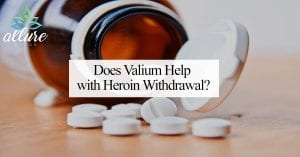
Does Valium Help with Heroin Withdrawal?
The National Institute on Drug Abuse reported that in 2018 alone, more than 128 US citizens died every day as...
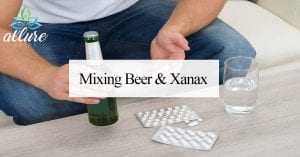
Mixing Beer and Xanax
New prescriptions are coming out every year for multiple cures and illnesses. Some may help a person get out of...
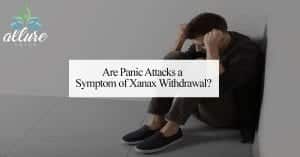
Are Panic Attacks a Symptom of Xanax Withdrawal?
Many people these days take a prescription for something. There seems to be a drug for everything from insomnia to...

Benzos for Cocaine Comedown
Polydrug use—the practice of combining multiple substances—is a common but dangerous behavior, particularly among individuals using stimulants like cocaine. One...

Benzodiazepines for Opioid Withdrawal
Many people who abuse drugs want to stop but don’t even get past the first couple of hours because of...
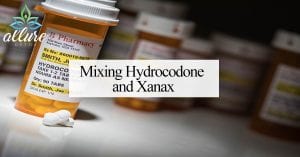
Mixing Hydrocodone and Xanax
Prescription drugs are prescribed every day for multiple reasons. Some people are just coming out of surgery or have chronic...
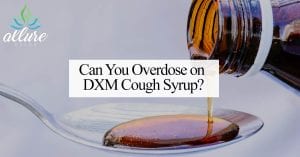
Can You Overdose on DXM Cough Syrup?
Yes, you can overdose on DXM cough syrup. In fact, it’s quite easy to do. But how much do you...
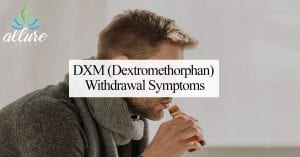
DXM (Dextromethorphan) Withdrawal Symptoms
Dextromethorphan, or DXM, is the active ingredient in 85% – 90 % of over-the-counter cold medications and cough suppressants. DXM...
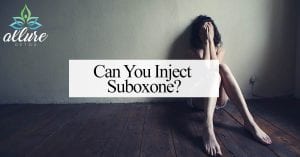
Can You Inject Suboxone?
The majority of addicts that try to get clean and sober rarely do it “cold turkey” with any success. The...

Can Teachers Go to Drug Rehab Without Getting Fired?
Substance abuse doesn’t discriminate. Everyone, from homeless people to billionaires, can have a problem with drugs. Nobody is immune to...
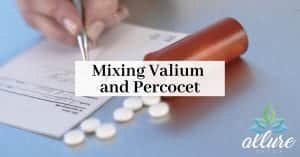
Mixing Valium and Percocet
Valium also is known as Diazepam, is used to treat anxiety, alcohol withdrawal, and seizures. It is also used to...

Health Dangers from Snorting & Sniffing Pills
Addicts have found multiple ways of using drugs. Drugs can be taken orally, smoked, injected, and sniffed or snorted. Different...

What Do Track Marks Look Like?
Track marks are injection marks on arms and the scars which remain after a person shoots up a drug, and...
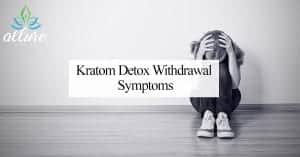
Kratom Detox Withdrawal Symptoms
Unfortunately, there will always be another new addictive drug, whether synthetic or natural, that can cure pain or aid in...

Which Vitamins Help With Drug Detox?
In the present day, the word “detox” may make you think of a juice cleanse or a diet you go...
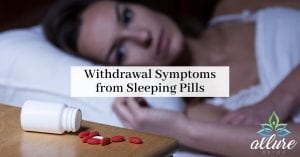
Withdrawal Symptoms from Sleeping Pills
Sleep is one of the basic needs of a human being to survive. How much and how good you sleep...
Real Reviews from Real Clients
At Allure Detox, client safety and comfort are our top priorities. From the moment you walk through our doors, you can expect a warm welcome from every member of our team. We are committed to providing exceptional drug and alcohol detox services and creating an environment that supports long-term, successful recovery.
